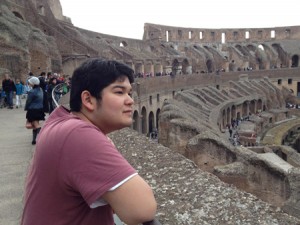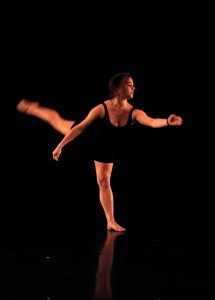Center for the Arts Story: When I arrived on campus in 1971, the Center for the Arts was still an architect’s concept, and arts/music/theater/film/dance people made do with classrooms, studios, and performance spaces, scattered all over campus. So what a miracle when the CFA doors opened, giving us access to magnificent galleries, theaters, the auditorium, studio and practice spaces. As a music major (piano), it was a thrill to practice on grand pianos in the soundproofed practice rooms. Though I never became a professional musician, Wesleyan and the CFA planted the seeds for a lifelong passion for the arts. In February, I went to the Metropolitan Museum of Art and saw the work of Piero de la Francesca, Fra Angelico, and other Renaissance masters, remembering how John Paoletti’s brilliant teaching awakened my love of art of that period. Attending Wes concerts, from early music to gamelan, gave me a taste for musical adventures, and I continue to explore and relish an eclectic range of performances in New York City. A couple of years ago, I was lucky to catch Ralph Samuelson MA ’71 (Ethnomusicology), performing with Japanese shakuhachi master Kinya Sogawa at Roulette in Brooklyn.
Favorite Course: Italian Renaissance art
Favorite Professor: John Paoletti










